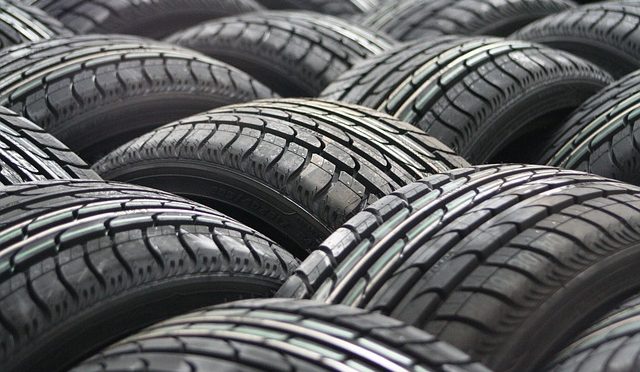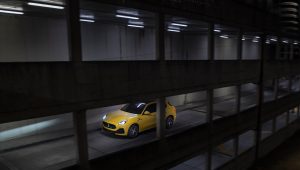Run Flat tyres: How do they work?

Always put safety first. In a country like South Africa, where crime is rampant, having a reliable car, and tyres that are in good condition, are imperative. Many high-end vehicles come fitted standard with run flat tyres, which eliminates the trouble of changing a tyre in an unsafe area. There are pros and cons to having run flats on your vehicle, and if you didn’t know how they work, here is a concise explanation.
What are run flat tyres?
They are tyres designed to function, within a limited period of time, even if you have a puncture. Your vehicle remains functional until you can stop at a safe place or garage to get assistance. It is recommended to lower your speed to below 80km per hour to reach your intended destination. You can’t drive on them indefinitely, and every manufacturer has different specifications on how fast you can drive, and how far you can go, after a problem has been detected.
How do they work?
These specialised tyres have a reinforced sidewall which keeps them steady and rigid without any air pressure. Again, they are not designed to use indefinitely, some can only reach a maximum distance of 80km.
How do you know if you have a flat tyre?
Vehicles that are compatible with run flats have a tyre pressure monitoring system (TMPS) which alert you if there is a puncture or loss of pressure. It would be almost impossible to find a puncture or problem with your tyre without this system. Hopefully, in the near future, all vehicles will come standard with a TMPS and tyres to match.
The benefits of having tyres that allow you to continue your journey even with a problem are priceless in South Africa. With conventional tyres you could easily be stranded on a highway or in an unsafe area, whereas with run flats you can drive to an area that is safe and get assistance.
There are two disadvantages to run flats, firstly the cost – they are much more expensive than conventional tyres. And secondly they are not easy to repair so in many occasions they will need to be entirely replaced.
Picture: Pixabay







